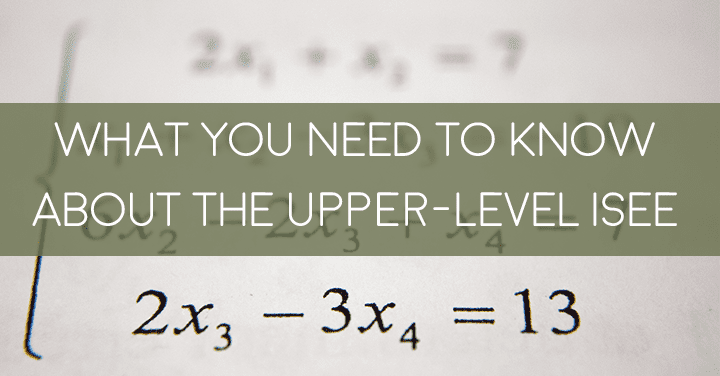If your child is applying to a private or independent school for grades 9–12, there’s a good chance they’ll need to take the Upper Level ISEE (Independent School Entrance Exam).
This test plays a key role in admissions decisions — and knowing what to expect can go a long way in reducing stress and improving outcomes. Here’s a breakdown of everything families should know.
What Is the Upper Level ISEE?
The Upper Level ISEE is a standardized entrance exam required by many selective private and independent high schools. It’s designed to assess a student’s readiness for advanced academic work and is administered to applicants entering grades 9 through 12.
The test is available in both paper and digital formats and is offered multiple times throughout the year at schools, test centers, and through home-based remote proctoring.
What Sections Are on the Upper Level ISEE?
The test includes five sections in the following order:
1. Verbal Reasoning
Assesses vocabulary, reasoning, and synonym recognition
🕐 20 minutes | 40 questions
2. Quantitative Reasoning
Tests mathematical thinking and problem-solving
🕐 35 minutes | 37 questions
3. Reading Comprehension
Measures a student’s ability to understand and analyze written passages
🕐 35 minutes | 36 questions
4. Mathematics Achievement
Covers grade-level math knowledge and computation
🕐 40 minutes | 47 questions
5. Essay (Unscored)
Students write a short personal essay in response to a prompt. Although it isn’t scored, it’s sent to schools as part of the application file.
🕐 30 minutes | 1 essay
How Is the Upper Level ISEE Scored?
Students receive scaled scores (760–940) and percentile rankings for each section (excluding the essay). These scores compare performance against a norm group of students in the same grade over the past three years.
Most schools review:
-
Section scores
-
Percentiles
-
Stanines (1–9 scale summarizing performance)
-
The essay (to assess writing style, structure, and thought process)
How Can My Child Prepare for the ISEE?
The Upper Level ISEE is challenging — but with the right preparation, students can build confidence and perform at their best.
Here’s what we recommend:
✅ Take a full-length practice test to set a baseline
✅ Target academic gaps in math, reading, and vocabulary
✅ Build test-taking stamina through timed practice
✅ Get familiar with the format and pacing
✅ Practice writing essays under time constraints
At Thrive, we offer one-on-one ISEE tutoring tailored to your child’s grade level, goals, and learning style — plus full-length proctored diagnostics and a personalized prep plan.
When Should We Start Preparing?
We recommend beginning prep at least 3–4 months in advance of your intended test date. This gives your student time to build skills, adjust pacing, and grow more comfortable with the format.
If you’re applying to multiple schools, it’s helpful to aim for an early testing window (fall or early winter) in case a retake is needed.
Final Thought
The Upper Level ISEE is just one piece of the private school admissions puzzle, but a strong score can open doors. With the right plan and support, your child can walk into test day with confidence.
👉 Contact us here to schedule a free ISEE consultation.





